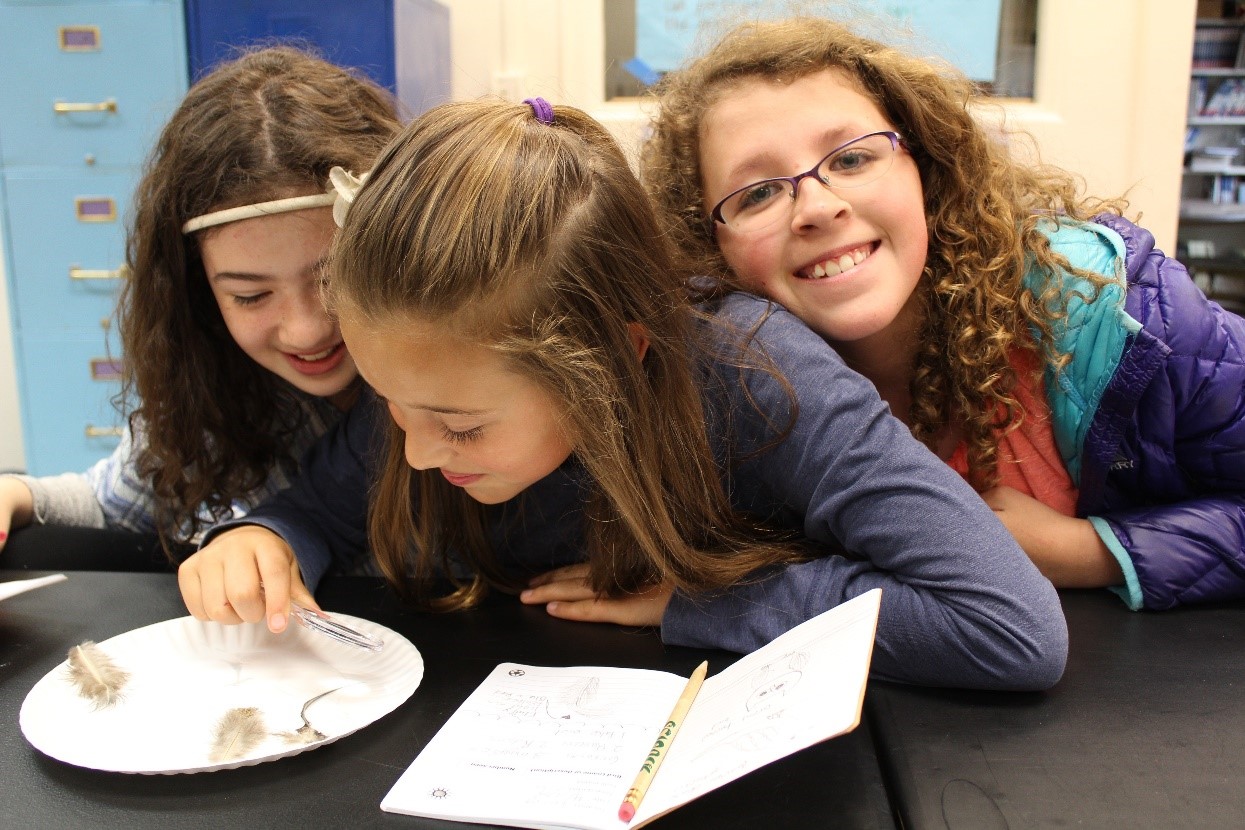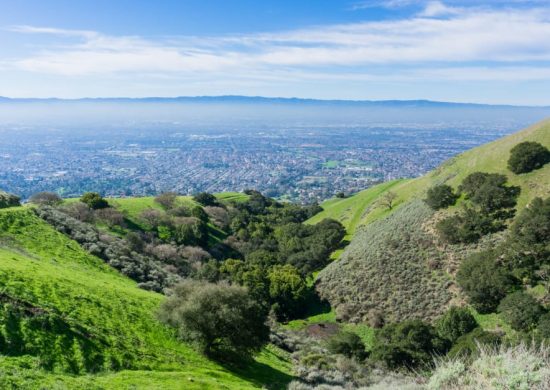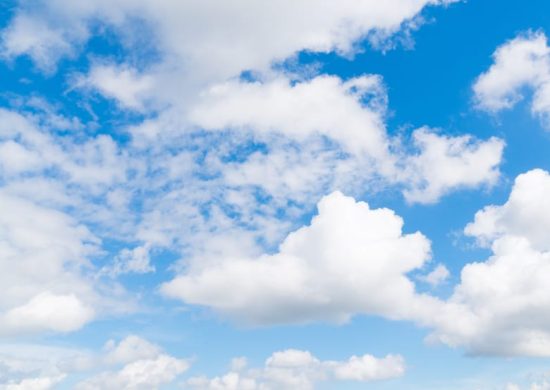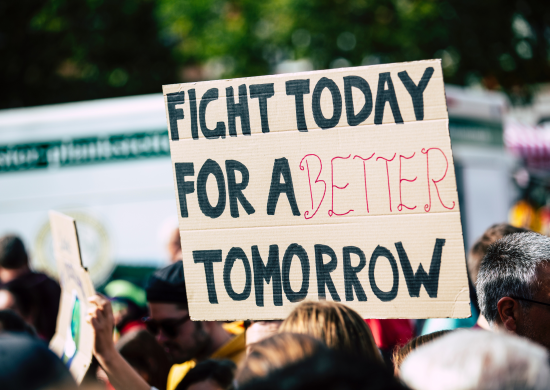Like many of us in the environmental education field, my childhood experiences in nature (for me, it was the Rocky Mountains) have charted the course of my life. These building blocks truly fueled my life’s work of ensuring that every child has access to the many benefits of nature.
Suzi Taylor is another professional like me, dedicated to providing kids with transformative environmental educational opportunities because of nature’s powerful impact on their own childhood (for Suzi, it was growing up and exploring in rural Illinois). Today, Suzi focuses on developing education programs at Montana State University that engage rural, remote communities whose children don’t often have access to life-changing educational opportunities, especially environmental education.
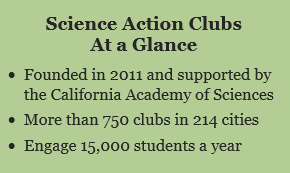 Enter Science Action Club developed by the California Academy of Sciences. The clubs provide interactive, environmental education experiences for middle schoolers in an afterschool setting. Through fun activities and projects, kids investigate their local environment and use technology to engage with fellow citizen scientists across the United States.
Enter Science Action Club developed by the California Academy of Sciences. The clubs provide interactive, environmental education experiences for middle schoolers in an afterschool setting. Through fun activities and projects, kids investigate their local environment and use technology to engage with fellow citizen scientists across the United States.
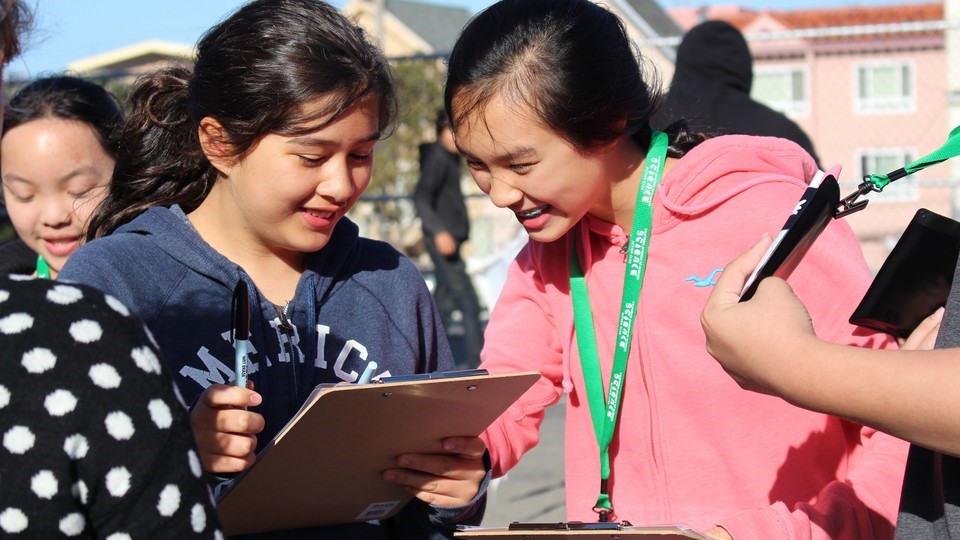
In less than a year, Suzi has founded 40 Science Action Clubs as part of the Montana Girls STEM Collaborative. With Science Action Club, Suzi has seen girls fully engaged as they upload bird observations to an app that sends the information directly to bird biologists. She’s taken kids to Yellowstone National Park for the first time, a place that felt far removed even though they lived only a short distance away. And she’s seen kids personally make the connection between people and nature as they’ve conducted experiments on the effect of oil spills on bird feathers.
Research backs up what Suzi and I have experienced firsthand. As the Pisces Foundation President, David Beckman, said in his last blog post about environmental education, environmental education bestows a wider range of benefits. Environmental education fuels interest in science and sparks the curiosity that makes kids better learners, including in math and the language arts. Environmental learning sticks with kids more than traditional learning. It also improves health and wellness, because play outdoors improves children’s mental and physical health. Environmental education strengthens children’s self-esteem, leadership, and character, and enhances social justice by leveling the playing field across genders and ethnicities. In short, environmental education adds tremendous value to the lives of young people whether in a classroom, a canoe, or anywhere in between.
We’re thrilled that more and more states, communities, and schools are tapping into the terrific benefits that environmental education offers. Pisces is proud to support programs like the California Academy of Sciences’ Science Action Club, knowing that educators like Suzi Taylor embrace them. We believe that equipping kids with environmental know-how and a life-long connection to nature will empower them to make smarter decisions that will lead to stronger communities and a healthier planet. And even to careers like Suzi’s and mine.
___________________
(1) Photo credit: California Academy of Sciences
(2) Photo credit: Montana State University Academic Technology and Outreach

